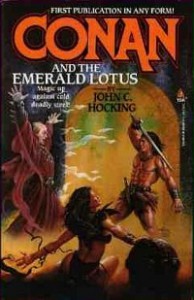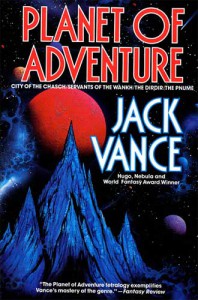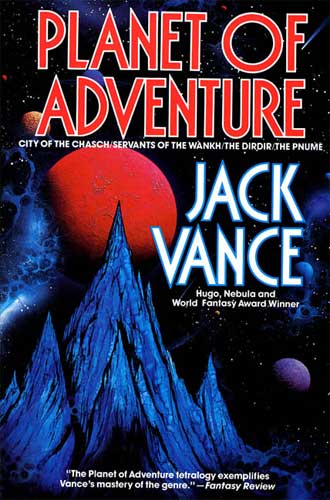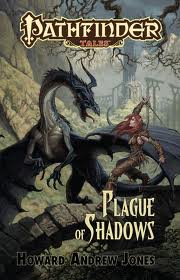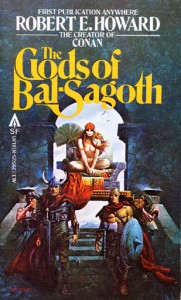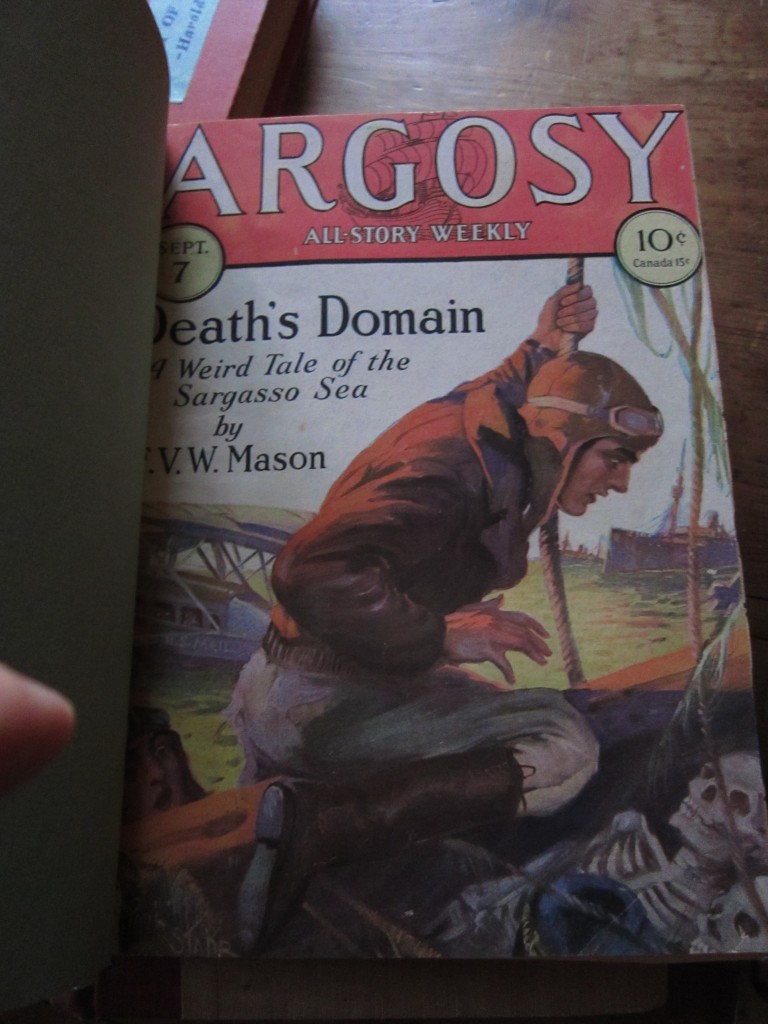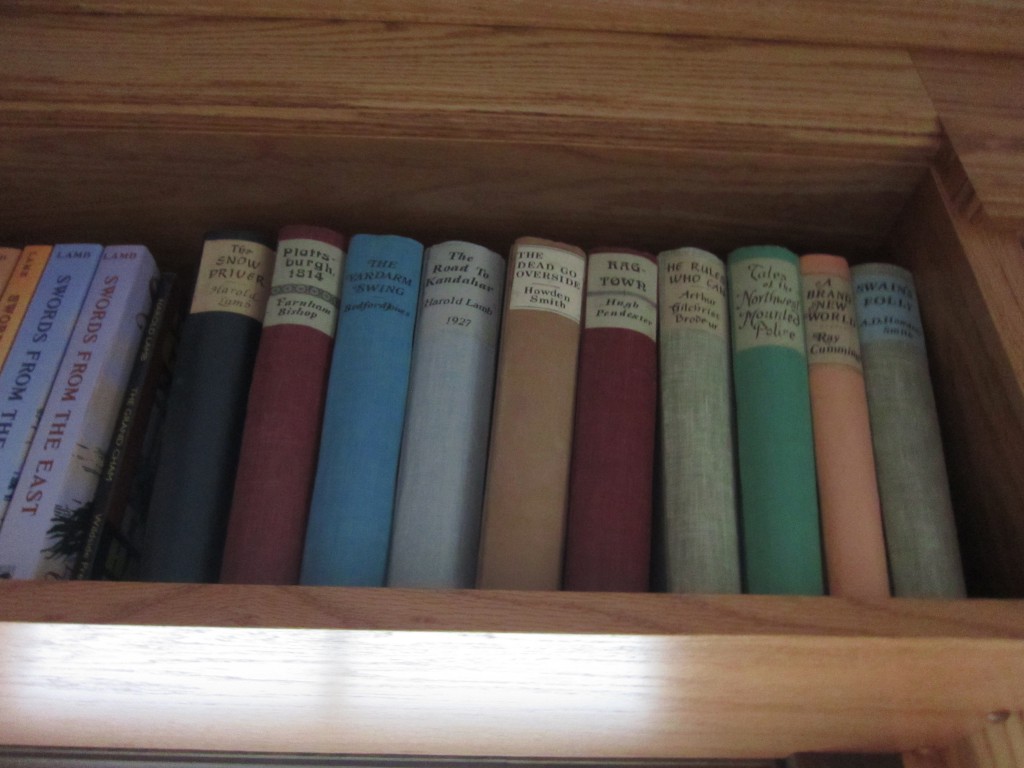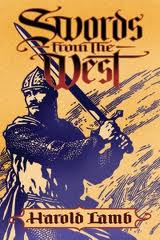Of Conan and Thieves
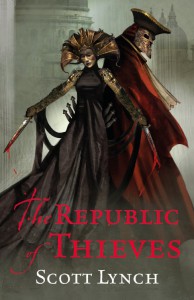 I don’t think I’ll ever get more than 48 pages in to Poul Anderson’s Conan the Rebel. Notwithstanding the fact I respect Anderson and have enjoyed a number of his other books, I have no intention of reading further. In those 48 pages of rather small type Conan has only appeared a handful of times, and he’s never actually done anything apart from listening to people talk. There’s been a lot of action, but always with characters to whom the reader has just been introduced. It’s pretty much been a reminder of things NOT to do while trying to tell a dramatic tale. Narratively I’m bored. Because I have a stack of other books, and less time and patience than I used to have, I am sad to say that this one’s being set aside.
I don’t think I’ll ever get more than 48 pages in to Poul Anderson’s Conan the Rebel. Notwithstanding the fact I respect Anderson and have enjoyed a number of his other books, I have no intention of reading further. In those 48 pages of rather small type Conan has only appeared a handful of times, and he’s never actually done anything apart from listening to people talk. There’s been a lot of action, but always with characters to whom the reader has just been introduced. It’s pretty much been a reminder of things NOT to do while trying to tell a dramatic tale. Narratively I’m bored. Because I have a stack of other books, and less time and patience than I used to have, I am sad to say that this one’s being set aside.

